

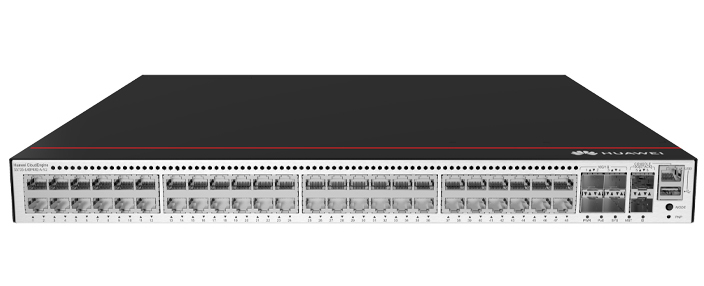
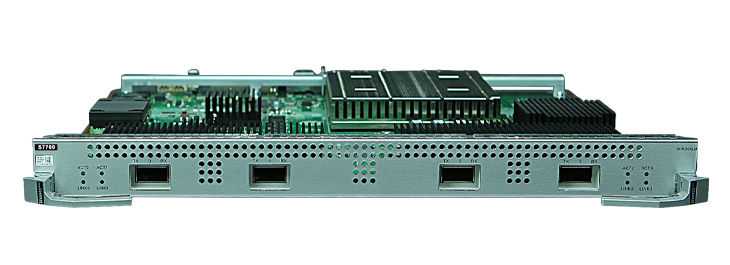




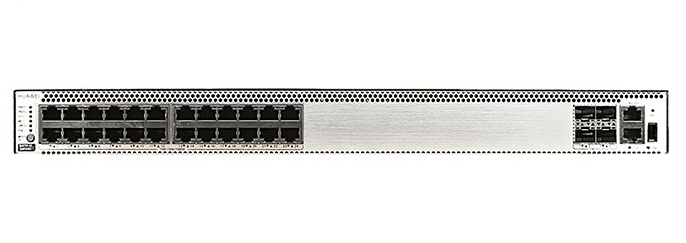


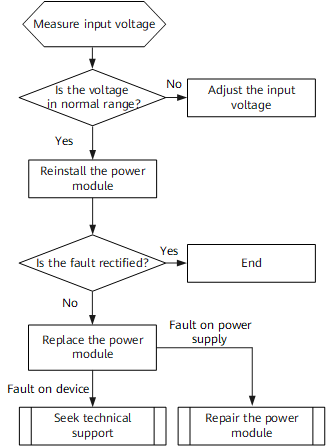




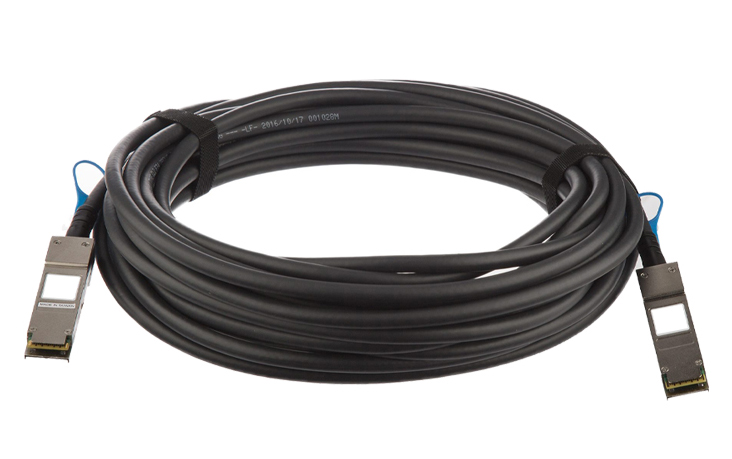
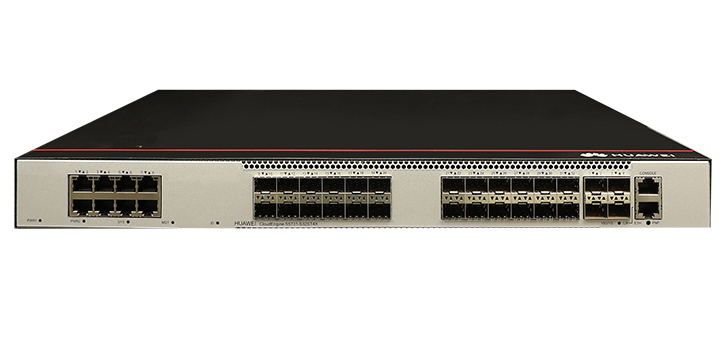




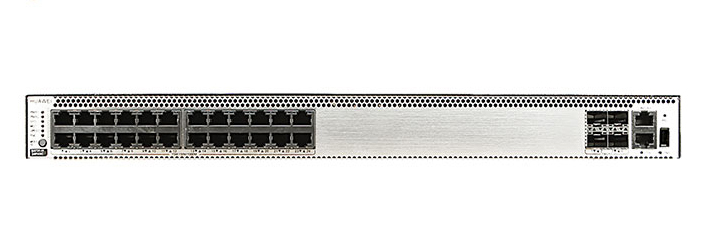










Soundbars are gaining in popularity because of their sleek design and ability to provide an ample boost in audio quality compared to built-in TV speakers. Even with their plug-and-play nature, you can make a few modifications to help unleash the best possible sound quality.
Also: I spent hours testing Samsung's new flagship soundbar - it gave my Sonos a run for its money
Whether you're new to soundbar setups or a self-proclaimed audiophile, familiarizing yourself with some key settings can take your viewing and listening experience to new heights. Read on for five pointers on how to optimize your soundbar's performance.
It may sound obvious (because it is), but where you place your soundbar is a major factor. For the most balanced sound, position the soundbar directly below your TV, centered and parallel to the screen. Mounting a soundbaraboveyour screen is also an option, but the ideal height placement for ultimate clarity is at or near ear level. Make sure your soundbar isn't obstructed by furniture or even decorative items that can block soundwaves.
Each room has unique acoustics. Does your room have high ceilings or large windows? Are your floors hardwood or tile? If so, consider adding soft furnishings such as rugs and curtains to reduce reflections. Or, you could take it a step further by adding acoustic panels to your area. Acoustic panels or diffusers can help manage sound reflections and create a more balanced audio environment.
Also: Finally, a Bluetooth speaker that rivals my Bose SoundLink Max - and it much more affordable
As noted by contributor Artie Beaty, advanced soundbars likeLG's S95TR go through a tuning process specific to the layout of your viewing area by using an AI room calibration feature. If your soundbar lacks such a feature, do some experimenting to find the sweet spot.
Remember that most soundbars are designed to project sound directly toward the audience, so make sure the device is angled for optimal sound dispersion across all seating positions. Moving the soundbar a foot or so from your listening area or adjusting the angle just a few inches can noticeably improve or degrade the output.
If your soundbar has a subwoofer, place it on the floor, preferably in a corner or along a wall, to enhance bass response. The aim is to create a seamless blend between low-frequency effects and the rest of the audio spectrum.
I've read about a music producer who would do a "crawling test" to pinpoint the best location. This involves playing some bass-heavy content and literally crawling around the room to find the spot with the most balanced bass output. Voil
 Tags chauds:
Maison & bureau
Divertissement à domicile
téléviseurs
Tags chauds:
Maison & bureau
Divertissement à domicile
téléviseurs